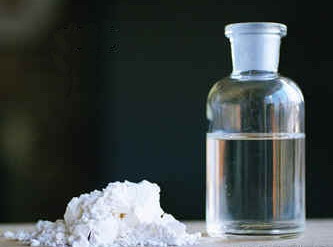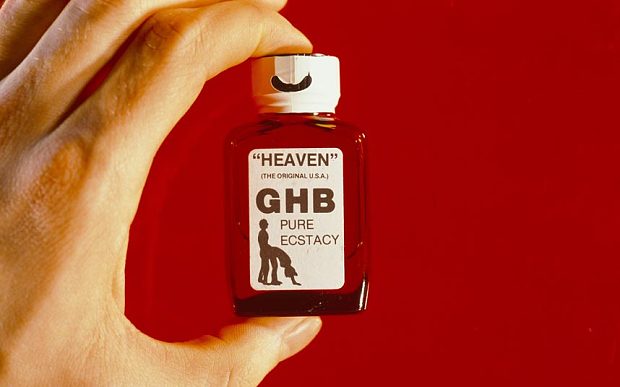Apr 09, 2017
GHB, or Gamma hydroxybutyrate, is a chemical produced naturally in the human body as part of the metabolic system. It ac...
GHB Addiction
Feb 25, 2017
Pop legend George Michael, famed for both his solo career and as the singer in 1980s group Wham, was found dead on Chris...
GHB Addiction
Jun 07, 2016
GHB is a sedative drug commonly used in the party scene. It is a drug that causes people to feel sleepy and euphoric, an...
GHB Addiction
Jul 27, 2014
GHB - what you need to know. Here at Addiction Helper, we have noticed a recent increase in the amount of calls askin...
GHB Addiction



